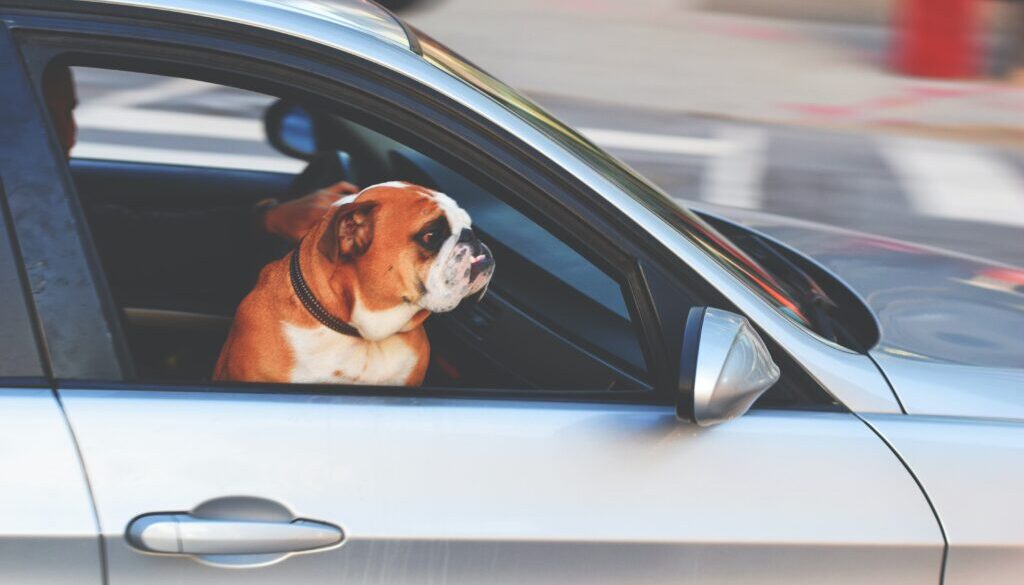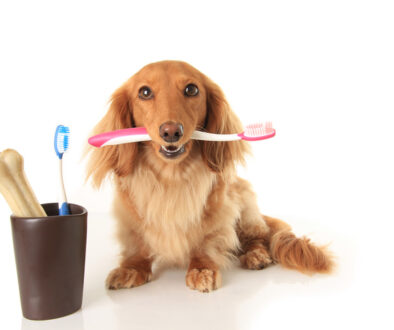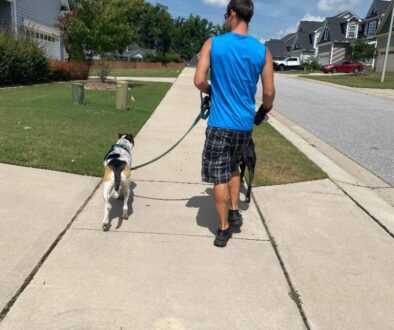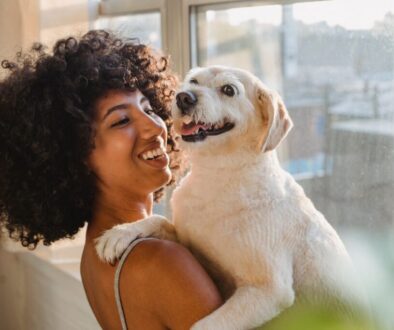How to Keep Your Pet Safe When Travelling
British seatbelt inventor George Cayley could not have predicted in the mid-nineteenth century just how important these would become. Patented in America in 1885 by Edward J. Claghorn for use in taxis to keep tourists safe, the seatbelt didn’t become optional on passenger vehicles until the mid-1950s. in 1963, Congress passed laws requiring seatbelts to reduce injuries from accidents.
Many states now require restraints to pets while you’re driving due to their ability to distract you from the road and also to prevent pet injuries in a collision. However, opting to have your pets riding in crates might be sufficient. Loose, tethered, or crated, most states prohibit dogs from roaming in a truck bed.
Flipping your child safety locks on can prevent your dog from opening a window and jumping out. Though dogs do enjoy riding with their heads out the window, their eyes can catch – and be damaged by – flying debris, or they can leap out while the vehicle is in motion. But think about how, without seatbelts, car accidents can eject humans. It shouldn’t come as a surprise that dogs would get thrown from the car as well, with 80 pounds quickly becoming a 2400 pound projectile at 50 mph.
Should you use a dog seatbelt or a harness that attaches to the car’s seatbelt? Either one, but know this is a specific type of harness, not the one you use to attach to leashes. Dog seatbelts, which attach to the car’s seatbelts, allow your dog a little more ability to move, lie down, sit up, all without distracting the driver.
Harnesses will keep your dog safer, though, by spreading the sudden-force impact to prevent jolting your dog’s body, which results in much less potential for injury. Look at specialty pet shops, or ask your veterinarian for suggestions, ensuring the one you choose carries a certification
Both will protect your dog better than with a seatbelt alone.
But how to get your dog used to it? Before your long trip, put your dog in the car for a few minutes at a time, securing them with the harness. After a few of these, when your dog looks more comfortable, go for a short drive and work up to longer ones.




